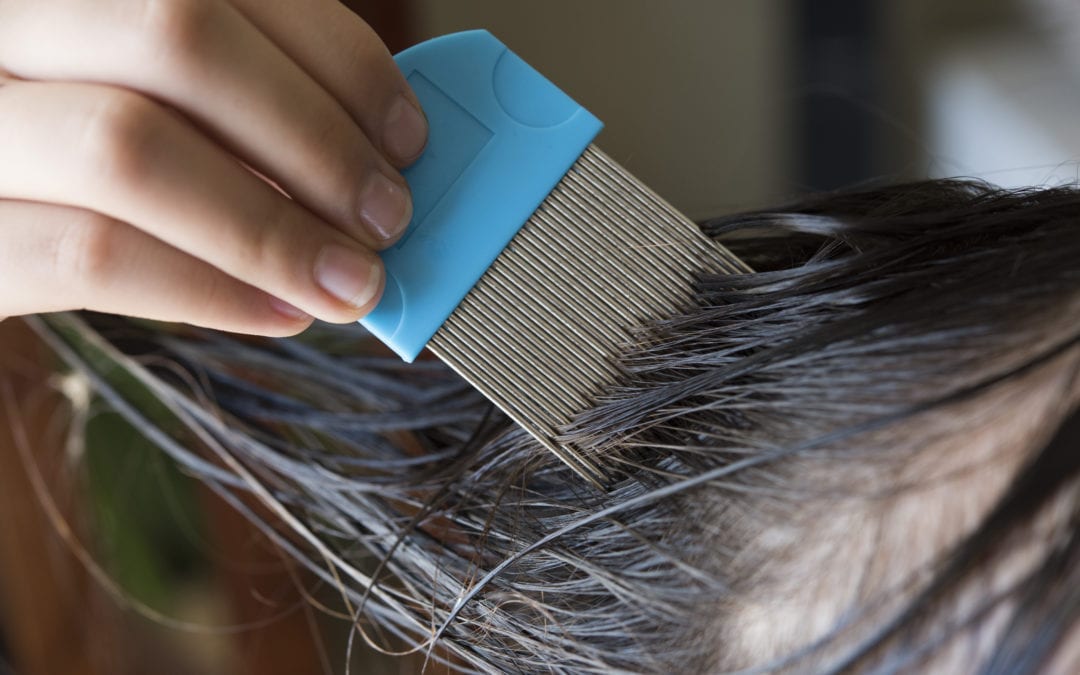
The worst aspect of sending your youngsters out right into the world is they tend to bring stuff back with them, points like influenza, colds, as well as indeed, insects! Head lice are widespread in daycare centers, institutions, and even places youngsters have extracurricular activities, like karate or dancing workshops. Anywhere children congregate in close quarters is an excellent breeding ground for the pesky animals. Also, while no parent wishes to medicate their children’s heads, as well as comb via an army of nits and lice, the bothersome infestation may be less troublesome than you believe.
Below are my solution to parent’ most common lice questions.
Are lice harmful?
No, but they are frustrating, as well as occasionally hard to eliminate. Lice don’t spread out condition, as well as you do not shed your hair as an outcome of infestation, but they can make a youngster’s scalp itchy, red, as well as aggravated.
Are they transmittable?
Yes, but only in extremely close quarters. Nits and lice cannot jump from one head to another on a daycare center or institution. Head lice do not leap or fly, as well as usually cannot make it through longer than one day when not attached to a scalp. Kids have placed their heads with each other or share things that touch their hair for the pests to move from one child to another. So, children who rest close together in the institution, as well as those that share brushes, combs, hats as well as dress-up equipment, are at more risk.
Who is most susceptible?
Lice don’t discriminate. It can occur to anybody, but we see it most often in younger kids, particularly those who attend daycare. Taking a snooze on a shared floor is a common wrongdoer.
What do they look like?
The women’s louse looks like a seed of sesame. She lays almost ten nits, or eggs, every day. Nits are like tiny dark, yellow, and brownish dots, kind of like dandruff. They will hatch in between two weeks, leaving an egg situation, which continues to be glued to the hair despite the fact that it’s vacant. The newborn lice go through numerous developing phases during the next 1-2 weeks they are going to grow up, as well as start making their own eggs. This lengthy cycle is amongst the reason why doctors advise treating lice two times over a two-week period.
How do we eliminate them?
Most situations of lice respond well to over-the-counter medicated therapy. You can additionally purchase non-prescription sprays to make it easier to get rid of the sticky nits or eggs with a fine-toothed comb.
Given that you can see lice and nits with the naked eye, you’ll recognize when they’re gone. If over-the-counter therapy doesn’t function, take your child to the lice doctors Dallas. Prescription therapies are readily available for kids six months and older.




